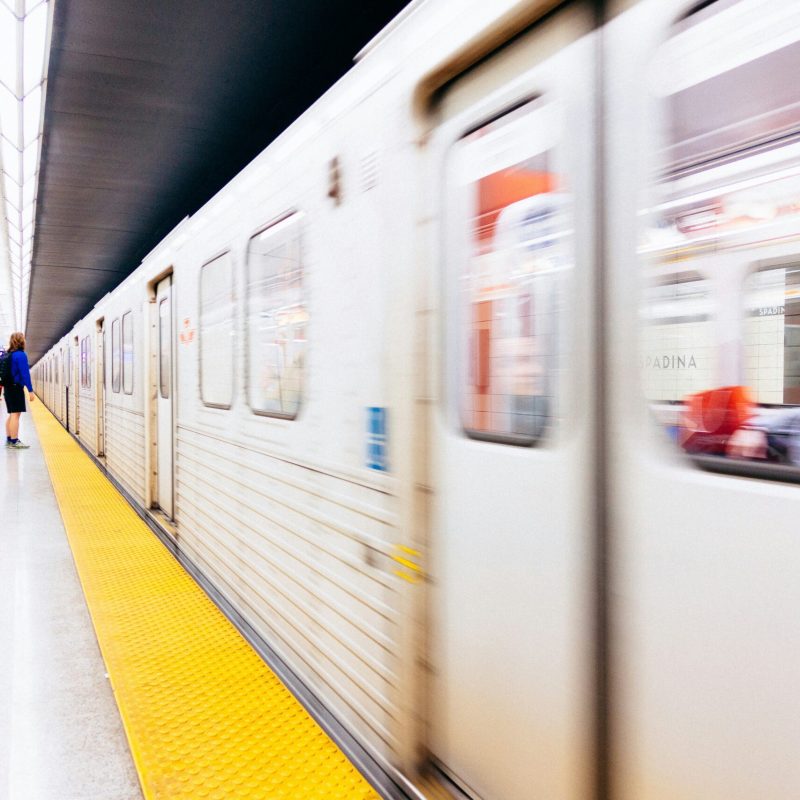Transforming Urban Mobility: The Role of Public Transit in Reducing Greenhouse Gas Emissions
In today’s world, urban areas are experiencing a continuous surge in population, resulting in overcrowding and exacerbating problems like traffic congestion and environmental pollution. As the number of vehicles on the road multiplies, the atmosphere bears the weight of escalating emissions, posing a grave threat to our environment.
The relentless growth of urban populations has led to a daily struggle for many as they find themselves trapped in never-ending traffic jams, which waste precious hours of commuters’ lives and contribute significantly to the deterioration of air quality and the release of harmful pollutants. Consequently, in light of these challenges, it’s common for students to ask, “Do you know anyone who can help me out and writemy a research paper for me?” If you’ve asked this question, contact these experts.
Public transit’s impact extends beyond mere convenience; it is vital for a more sustainable urban landscape. By promoting using buses, trains, and subways, we can significantly decrease the number of vehicles on the road, reducing traffic congestion and lowering emissions.
Urban Mobility and the Environmental Crisis
Statistics indicate that over half of the world’s population now resides in cities, a trend expected to grow. This urbanization comes with a significant increase in transportation needs, leading to a surge in greenhouse gas emissions. These emissions contribute to climate change and deteriorating air quality in many urban centers.
The Evolution of Public Transit Systems
Public transit has evolved from horse-drawn carriages to modern electric buses and trains, driven by efficiency and sustainability concerns. Innovative projects like Bus Rapid Transit (BRT) and electric tramways worldwide are examples of sustainable transportation solutions. Today, public transit is integral to urban life, connecting communities and reducing private vehicle dependence.
Public Transit as an Emission-Reduction Solution
Public transit contributes to greenhouse gas reduction in various ways. First, it encourages people to use public transport instead of private vehicles, significantly reducing emissions. Second, many transit systems transition to cleaner energy sources, such as renewables-powered electric buses.
Finally, technological advancements like hybrid and electric vehicles, regenerative braking systems, and energy-efficient trains enhance vehicle efficiency. Case studies from cities like Curitiba, Bogotá, and Oslo demonstrate the success of public transit initiatives in reducing emissions.
Urban Mobility Enhancement Through Public Transit
Public transit offers multiple benefits, including increased accessibility and connectivity within cities, making them more inclusive. Furthermore, it helps alleviate traffic congestion, improves air quality, and reduces pollution-related health risks. Countless stories abound of individuals and communities positively impacted by enhanced urban mobility, leading to an improved quality of life.
Overcoming Challenges and Barriers
Public transit projects often face financial constraints and investment challenges, necessitating innovative financing solutions. Resistance to change among commuters and cultural factors influencing transportation choices must be addressed. Additionally, infrastructure and technological hurdles, such as upgrading aging transit systems and implementing smart transit solutions, must be overcome for sustainable public transit systems to thrive.
Paving the Way for the Future of Public Transit
The future of public transit holds promise with groundbreaking innovations, including autonomous vehicles, smart transit systems, and sustainable urban planning. Policymakers and governments are crucial in promoting eco-friendly public transit through supportive legislation, incentives, and investments.

Public Transit and Economic Benefits
Public transit not only addresses environmental concerns but also offers substantial economic benefits. Investments in public transit infrastructure create jobs and stimulate local economies. Moreover, reduced traffic congestion results in cost savings for individuals and businesses.
Reduced traffic on the roads results in lower wear and tear on transportation infrastructure, leading to decreased maintenance expenses. Public transit also enhances property values, as properties near transit stations often see increased demand and higher resale values. These financial benefits further emphasize the significance of investing in resilient public transit systems.
Community Building and Social Equity
Public transit plays a vital role in building strong, connected communities. Public transit promotes social fairness by offering economical transportation choices to all inhabitants, irrespective of their income or physical limitations. Public transit promotes social fairness by offering economical transportation choices to all inhabitants, irrespective of their income or physical limitations.
Public transit is a lifeline for many individuals, especially those without access to a private vehicle, enabling them to reach jobs, education, healthcare, and recreational opportunities. Additionally, public transit helps reduce social isolation by facilitating interaction and connection within communities. By promoting accessibility and inclusivity, public transit contributes to a more equitable society.
Public Transit and Climate Goals
As the world contends with the pressing requirement to combat climate change, public transit is a crucial partner in accomplishing climate objectives. Mitigating greenhouse gas emissions from the transportation sector is of utmost importance, and public transit provides a practical means of decarbonizing urban mobility.
Cities worldwide set ambitious targets to reduce emissions; public transit investments are integral to meeting these objectives. By transitioning to electric and zero-emission fleets and expanding public transit networks, cities can significantly contribute to global efforts to curb climate change.
Engaging the Public in Sustainable Transit
Engaging the public in the promotion of sustainable public transit is crucial. Citizens can support initiatives by choosing public transit over private vehicles, advocating for improved transit services, and participating in community discussions on urban planning. Raising public awareness through campaigns and educational initiatives can also be instrumental in promoting eco-friendly transportation alternatives.
In addition, engaging local communities in the planning process of transit projects guarantees that their interests and apprehensions are considered, cultivating a shared sense of responsibility and cooperation toward constructing a greener urban landscape.
Conclusion
It’s crucial to emphasize the need to tackle greenhouse gas emissions and enhance urban mobility without delay. Let us be inspired to advocate for sustainable public transit solutions, recognizing that individual actions collectively drive change. Envisioning a greener, more connected urban future powered by innovative public transit systems, we can work towards a more sustainable and prosperous world for future generations.